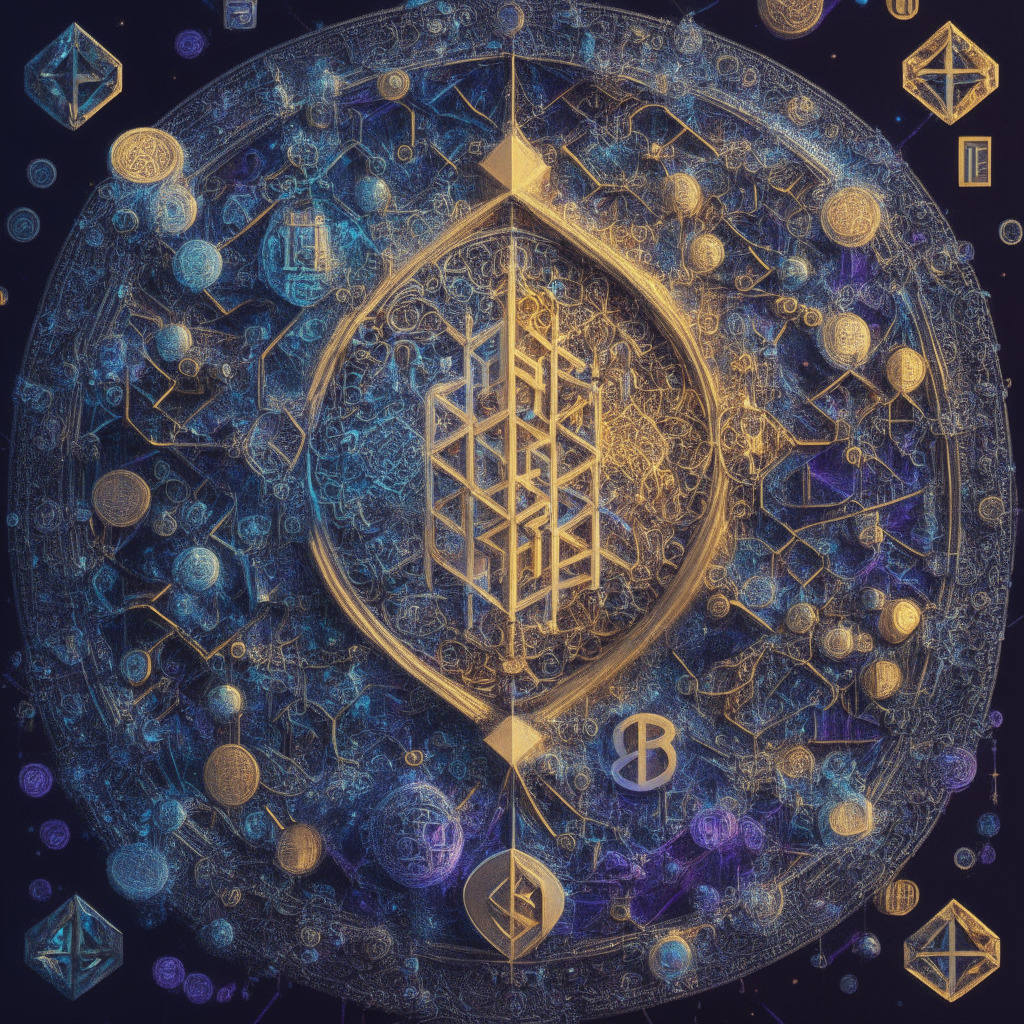The Ethereum 2.0 contract recently reached a new all-time high as the price of ether (ETH) bounced back to the $1,900 mark. According to on-chain analytics platform Nansen, the total number of ETH staked has hit a new milestone of 19,037,686 coins. Concurrently, the number of validators also reached its own all-time high, with a total of 590,854 validators participating in the network.
This influx of staked ether and validators is claimed to be a result of mass-market interest in the Ethereum 2.0 upgrade and the capabilities it brings to the table. On the other hand, skeptics argue that these new highs could be a result of market pressure or even manipulation by major ETH holders looking to benefit from the price increase.
Taking a closer look at the data provided by Nansen, 145,255 ethers were deposited into the ETH 2.0 contract, while 72,187 tokens were withdrawn. The Shanghai upgrade, sometimes referred to as the Capella/Shapella hard fork, was deployed on April 12 and allowed validators to withdraw funds from the Ethereum 2.0 contract. Interestingly, only 2% of the total staked ETH, approximately 381,000 coins, have been scheduled and are waiting for withdrawal.
While this update brings increased liquidity and flexibility to Ethereum, the option to withdraw funds also brings a bit of concern. Some supporters argue that this is necessary to keep the network operating smoothly, while dissenters worry that it could lead to a sudden sell-off, causing the price to crash.
Moreover, the popular blockchain analytics platform Glassnode states that the total ETH fees paid on a seven-day median average reached about 282 ETH, an 11-month high. The last time Ethereum fees hit the 280 ETH mark was in June 2022. High fees are often seen as an indicator of increased usage and demand for a network. However, it should also be noted that higher fees mean increased transaction costs, which could potentially deter users from utilizing Ethereum’s network.
In conclusion, Ethereum 2.0, with its increased staking and validator numbers, has definitely gained attention from the market. However, the threat of potential price manipulation and the high transaction fees remain as points of concern. As the crypto ecosystem matures, it will be interesting to see how the community addresses these issues for the betterment of the industry.
Source: crypto.news




